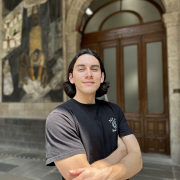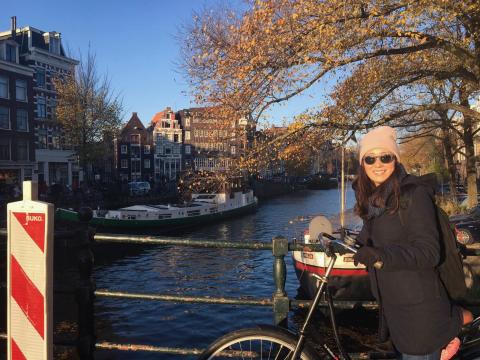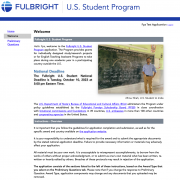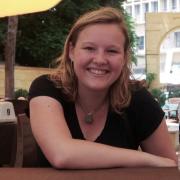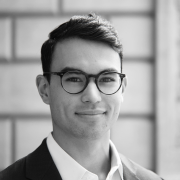The Statement of Grant Purpose (SOGP) is one of two essays you'll write for the application. It is the first one the reviewers will read, so we think you should write it first. But before you start writing, you need to do some thinking! Early in the summer (say, June) complete this Graduate Study SOGP Questionnaire. It will help you think through all the info you should put in your essay. Once you submit it, we'll read it and tell you if there is anything you need to consider further before drafting the essay.
Samuel Chen '17, Indonesia ETA and Netherlands study grant
Draft the statement of grant purpose: include the context for your interest in this field; describe the program you are pursuing, highlighting courses or research you intend to undertake as part of the program; demonstrate how you are prepared for the degree; mention faculty whose work interests you; point out the cultural appeal of the university and its community; and explain how it will lead to your future career or education. Send it to Christine as a Word doc for feedback. She'll respond within a week. You'll revise and re-send until you both agree it is ready for internal submission. From the start, use the required format (below) so you know how much room you have to play with. Before you write, it may help you to read a few essays from former AC Fulbright grad study winners here.
Once you've got a solid draft, you can move on to Step 5!
Format: 1-inch margins, 1.0 spacing, Times New Roman, 12-point font. Do not use the Header tool. Rather, put the lines below within the 1" margin. At the top of page 1, write:
Line 1: STATEMENT OF GRANT PURPOSE
Line 2: Your Name, Country of Application, and Field of Study from Program Info page
Line 3: Your Project Title as it appears in the Program Information page of application
On page two, enter the above or only Last Name, Grant Purpose, Page 2.
Start in Word then convert to a pdf before uploading.
